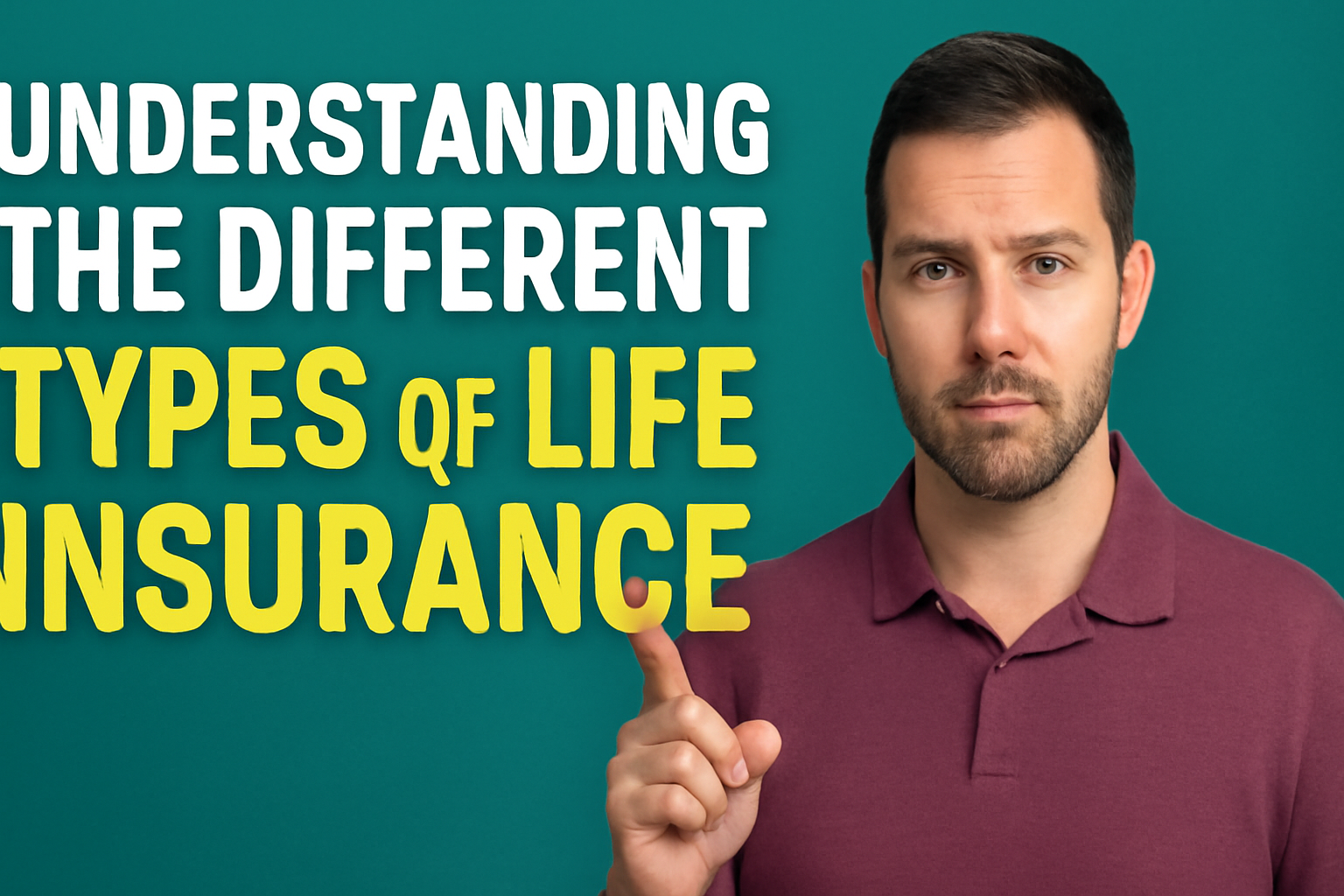Introduction
You got to get licensed to get paid! Now let’s start off by going through Chapter One. Life insurance comes in two types, and the first one you need to master and know backwards and forwards is term life insurance.
What is Term Life Insurance?
Term life insurance, just like the name implies, is temporary. It lasts for a term period of time, so it’s a temporary period of time. Now, we’re not getting a degree in life insurance here, we just want to know the material to the point where we can get the right answer on the test.
Types of Term Life Insurance
We have an acronym to help remember the different types of term life insurance: DIAL (D-I-A-L).
- D stands for decreasing term.
- I stands for increasing term.
- A stands for annual renewable term (ART).
- L stands for level term.
Decreasing Term Insurance
If the name of the policy says decreasing, it’s logical that the policy’s face value (what you’re covered for) will decrease. Decreasing term insurance is often used when a client wants life insurance to cover a mortgage or a loan.
Increasing Term Insurance
Increasing term is most often associated with return of premium policies, meaning you’ll get not just the face amount of coverage but also the premiums you paid.
Annual Renewable Term (ART)
Annual renewable term means the face amount stays the same, but the premium increases annually. However, ART is considered level term on the test.
Level Term Insurance
Level term stays the same for the entire coverage period (10 years, 20 years, etc.). On the test, level term insurance is known to be the most expensive in the first year compared to other types.
Term Life Insurance: Renewable vs Convertible
At the end of the term, term life insurance can either be renewable or convertible. Renewable means you can renew the policy for another term, while convertible means the policy changes to permanent life insurance.
Guaranteed Insurability
Both renewable and convertible term life policies have the feature of guaranteed insurability, meaning you can get another life insurance policy regardless of your health.
Whole Life Insurance
Whole life insurance is permanent and has a few moving parts. It builds cash value inside the policy and has a level premium until age 100. There are several types of whole life insurance.
Traditional Straight Life (Wales)
A traditional straight life policy has a level premium, builds cash value after 3 to 5 years, and eventually equals the face amount at age 100.
Endowment Policies
Endowment policies build cash value faster than traditional life. The key word here is “expensive,” and endowment policies are generally more expensive.
Limited Pay Policies
Limited pay policies allow you to pay premiums for a certain period (10 pay life, 20 pay life, paid up at 65) while keeping the coverage until age 100.
Single Premium Policies
Single premium policies require one lump sum payment, and they build immediate cash value.
Family Life Insurance Policies
There are two types of family life insurance policies: family maintenance and family income policies.
- Family Maintenance Policy: Combines whole life insurance and level term, with a lump sum and monthly check for 20 years.
- Family Income Policy: Combines whole life insurance and decreasing term, with a lump sum and monthly check for the remaining number of years.
Universal Life Insurance
Universal life insurance is flexible. It has two components: a life insurance component and a cash value component. It also has features like flexible premiums and adjustable death benefits.
Joint Life and Joint and Survivor Policies
- Joint Life Insurance: Pays upon the death of the first person.
- Joint and Survivor Insurance: Pays upon the death of the second person.
Other Types of Life Insurance
- Interest-Sensitive Life Insurance: The cash value can vary based on the company’s performance.
- Adjustable Life Insurance: You can change the type of plan, coverage period, and premium period.
Additional Features
- Payor Benefit: Waives the premium for a child if the payor (parent or guardian) dies.
- Juvenile Life Insurance: Covers the life of a minor.
- Modified Life Insurance: Has one increase in premium and then remains level to age 100.
- Graded Life Insurance: Has several increases in the first 5 to 7 years and then stays level.
- Variable Life Insurance: Works like whole life but with variable investments inside the policy.
Conclusion
Knowing these different types of life insurance policies inside and out is essential to passing your exam. Make sure you focus on understanding these basic types, and review them regularly to get your license.



